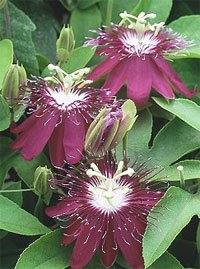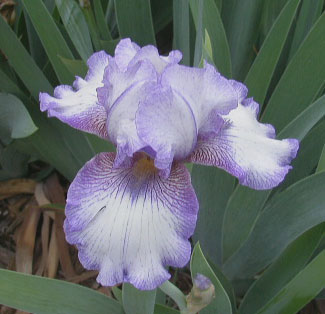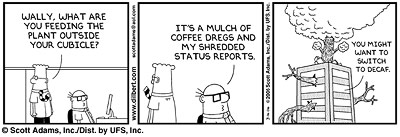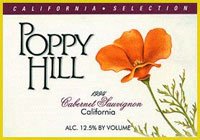I was recently asked if I would review the book
1001 All-Natural Secrets to a Pest-Free Property in this space. I responded by saying sure, send it along and I'll take a look at it. So they did, and I am.
The book, written by Dr. Myles H. Bader (aka HGTV's "Wizard of Food"), was originally printed in September 2003 and falls under the As Seen On TV product line. Keep that in mind as you continue here.
First of all, let's examine Dr. Bader's credentials. In the book's About the Author preface, it states Bader "has studied extensively in the field of zoology (bugs and critters) before receiving his Doctoral Degree from Loma Linda University in Preventative Care."
That's a direct quote: "bugs and critters" as a definition for zoology. Gosh Gomer, he must be an expert!
So, in other words, the guy isn't an entomologist, a horticulturist, or anything moderately close to either. Of course, being unqualified hasn't stopped many hacks from writing books about something they know nothing about.
Let's move on and look at the book's title:
1001 All-Natural Secrets to a Pest-Free Property. Once you open the book and start reading, the problems with this become evident. Many of the "tips and tricks" shared inside aren't natural, most aren't "secret" (whatever that means) and the idea of creating a "pest-free property" is the kind of thing no organic gardener or naturalist would EVER recommend.
Moving on to the actual content of the book, I'll just throw out a few eyebrow-raising zingers that come directly from its pages:
Controlling Fire Ants pg. 23 "ONE OF THE BEST ORGANICS. The product is called "SevinTM" and contains a combination of pyrethrums and DE. It is safe to use in vegetable gardens, which most other pesticides are not."Uh, no. Sevin
TM is simply another name for the chemical
Carbaryl. While the jury is still out on how toxic Sevin/Carbaryl actually is to humans, it sure ain't organic.
On a related, strange note, absolutely no mention is made of controlling fire ants with
Spinosad, one of the safest and most effective remedies to come on the market as a fire ant bait in recent years.
Controlling Termites pg. 31 "Diatomacious (sic) earth (DE) is one of the safest and most effective termite controlling natural substances."Natural DE is an effective termite controller. However, Bader should emphasize repeatedly that he is referring to NATURAL DE and NOT swimming pool grade DE. This is a common and potentially deadly mistake people make in using DE. Also, Bader recommends spraying wood surfaces in the attic with a DE and boric acid mixture. I wouldn't do this. Long term exposure to any type of DE can be harmful to the lungs and skin...and just think if your home's air system is located (like mine is) in the attic. Bad idea. Natural DE should be used as a soil amendment pretty much exclusively, with the gardener wearing gloves and a mask during application.
Throughout the book, Bader also mentions the use of cigarette smoke to kill spiders and insects. Wow.
Well, you get the idea. In a nutshell, Bader is basically trying to cut in on Jerry Baker's folksy, irresponsible brand of garden remedies made with various foods, household products and other so-called "natural" items.
Format-wise, the layout of the book is a mess, and there are no photos, just goofy, low-quality drawings. Also, there is no page reference index at the end.
My main complaint is that I could find no mention of the
IPM (Integrated Pest Management) method of handling insects. But then, of course, I guess that sounds a little too snooty and scientific for the average moron who sees an insect and just wants to kill it.
Rating: One Trowel Out of Four
A better book is one I recently bought myself:
Jeff Gillman's The Truth About Garden Remedies: What Works, What Doesn't and Why. Gillman is a Ph.D. and an associate professor in the Department of Horticultural Science at the U. of Minnesota, not some tacky circus carny just trying to make fast bucks.
The book is well laid-out, easy to follow and incredibly informative, with results from Gillman's own testing. Each supposed remedy is introduced with a brief paragraph about what it is, how it is used, what it's supposed to fix, whether or not it really works and what the test results mean to gardeners. Gillman gives both sides of the synthetic/organic story and actually mentions IPM on pg. 102.
Rating: Three Trowels Out of Four
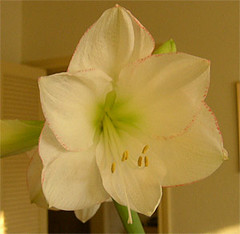
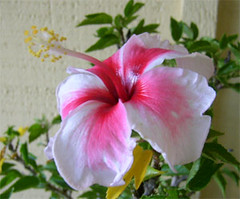





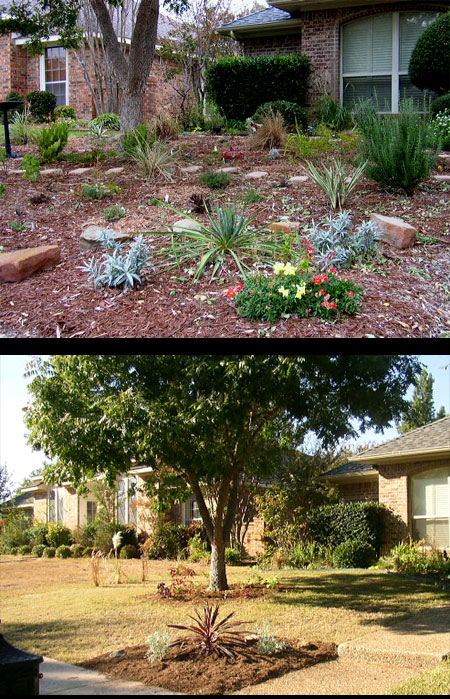
 Yes, I succumbed to the wares of
Yes, I succumbed to the wares of 












